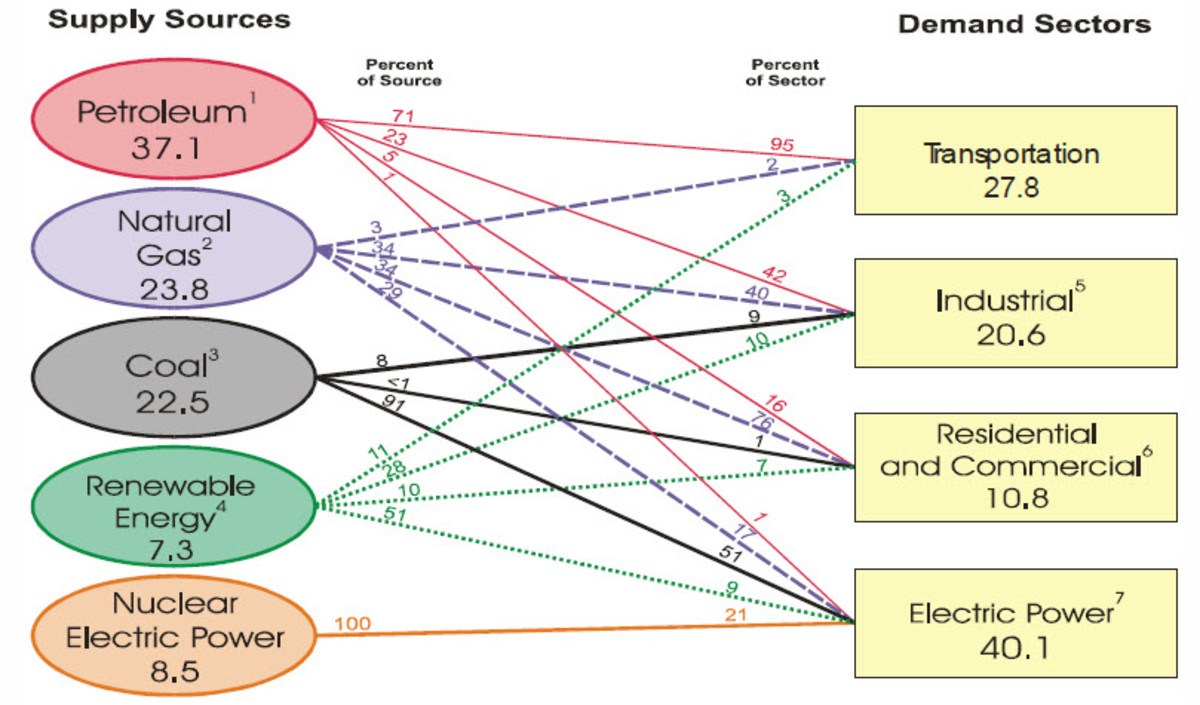Benefits of Using APA Citation Machine/ Generator

APA Citation can be very time consuming especially if you still have many other projects to complete before the stipulated deadline. Manual APA citation will get the job done under normal circumstances, and it has worked for many people. However, citation of many sources can be a headache if it is to be done manually.
APA Citation
Referencing on-line material can be difficult at times due to the large number of documents appearing on the web every single minute. An APA citation machine is basically any software or web site that one can use to automatically generate reference for any source found online.
These are software programs for generating and formatting citations as per the recommended APA guidelines. They also provide citation style guides which give an understanding of the automated process of citation generation. The APA citation machine is not only specific to the APA style but also incorporates the MLA, Chicago and Turabian formats.
Benefits of using APA Generator
For a researcher who has create a bibliography of the sources of online research, the use of an citation generator for any style, be it APA or MLA, can save time and increase the credibility of the research because of the accuracy citation.
Understanding APA citation formats
As most of the world’s content becomes digitized, researchers are using the internet more than ever before. Citation of online publications and authors is increasingly becoming important due to the large number of web pages put up every other second. APA format references for electronic source is important if the citation is to be correctly indexed by database crawlers.
Components of a reference format
The APA format for citation reference has four basic components that are always written as follows:
Author, A.A (year). Title. Source
While the citation for conventional sources is relatively easy, citation of electronic sources can be difficult because of missing information components. This can be mitigated by analysing the missing components and taking correct steps.
Scenarios and counter-measures:
- Author name missing - use the title of the document in place of the author, then place the URL link at the normal position of the title. The position for the source will remain blank under these circumstances. Document Title, A.A. URL
- Date missing - use the notation ‘’n.d’’ at the position normally reserved for the date. If the missing date can be approximated, include a date that is as close as possible to the actual date preceded by the notation ‘’c.a’’.
Author,A.A (n.d).Document Title. URL OR Author,A.A (c.a date).Document Title. URL
- Title missing - describe the document inside a closed bracket. Author,A.A
- Author and Date missing - combine the methods prescribed for missing author and missing dates mentioned above.
- Author and Title missing - combine the methods prescribed for missing author and missing titles described above.
If there is any additional information that you would like to add above the one you have already given, enclose it in brackets after the source title. This information should reference the source in a descriptive and concise manner. For example, if you wanted to add additional information from a blog or social media source, you would add the information in the following manner after the title:
[Blogspot], [Facebook], [Twitter]
Definitions
URL - Uniform Resource Locator
HTTP - Hypertext Transfer Protocol
HTTPS - Hypertext Transfer Protocol Secure
FTP - File Transfer Protocol
DOI - Digital Object Identifier
Guidelines for Constructing Citation Reference Lists
Best practice in the APA format for referencing citations calls for a few basic requirements that have to be met. These are:
1) Consistency – It is important to follow general formats for reference elements of your data so as to enable database crawlers to correctly index your work. If the reference elements are incomplete or out of order, the operational algorithm that indexes them might not be able to so properly.
2) Version Control – Online resources are recognised according to the date they were first published. The internet recognises any material that is posted on a first come first served basis. This means that the version of any work that is published on the Web is given priority. If there are different versions of the same work, you are advised to reference the final version which has probably gained an authoritative stature. It is also advisable to update any citation of earlier versions in case it has been changed. This work may have probably been just an advanced draft awaiting publication. The rule of thumb in this case is to always cite the version that is closest in time to the date of your work.
3) Electronic Addresses – Digital information is mapped on the internet using the Uniform Resource Locators (URLs) which typically have the following components:
- Protocol: This is the method by which web browsers effect data exchange with the file servers on which the desired documents reside. The protocols recognised by most browsers are http (hypertext transfer protocol), https (hypertext transfer protocol secure) and ftp (file transfer protocol).
- Host Name: This is an identifier for the server of the files on the web. The extension helps in identifying the origin of the document
- Path: Location in the server where the document resides
- File Name of Document: The actual document file that is in the server.
APA/MLA Generator resources
There are several APA generator resources available online:
- Bibme makes it extremely easy for students to create a comprehensive bibliography by inputting the name of a book or online article. Once the student state the section they would like to reference, a bibliography is automatically generated.
- Easybib was one of the early online APA citation generator and all you need to do is just type in the necessary section of the book and a complete bibliography is produced.
- Refworks is an automated indexer of electronic sources that is used by many universities. Students can cite their sources as they continue with their research and a complete bibliography is produced at the end of their projects. Though the tool is very efficient to use, it is not free and one must be subscribed to use it
- Citation Machine is a popular tool for producing references and like Bibme and Easybib, is a very efficient way of citing for research







